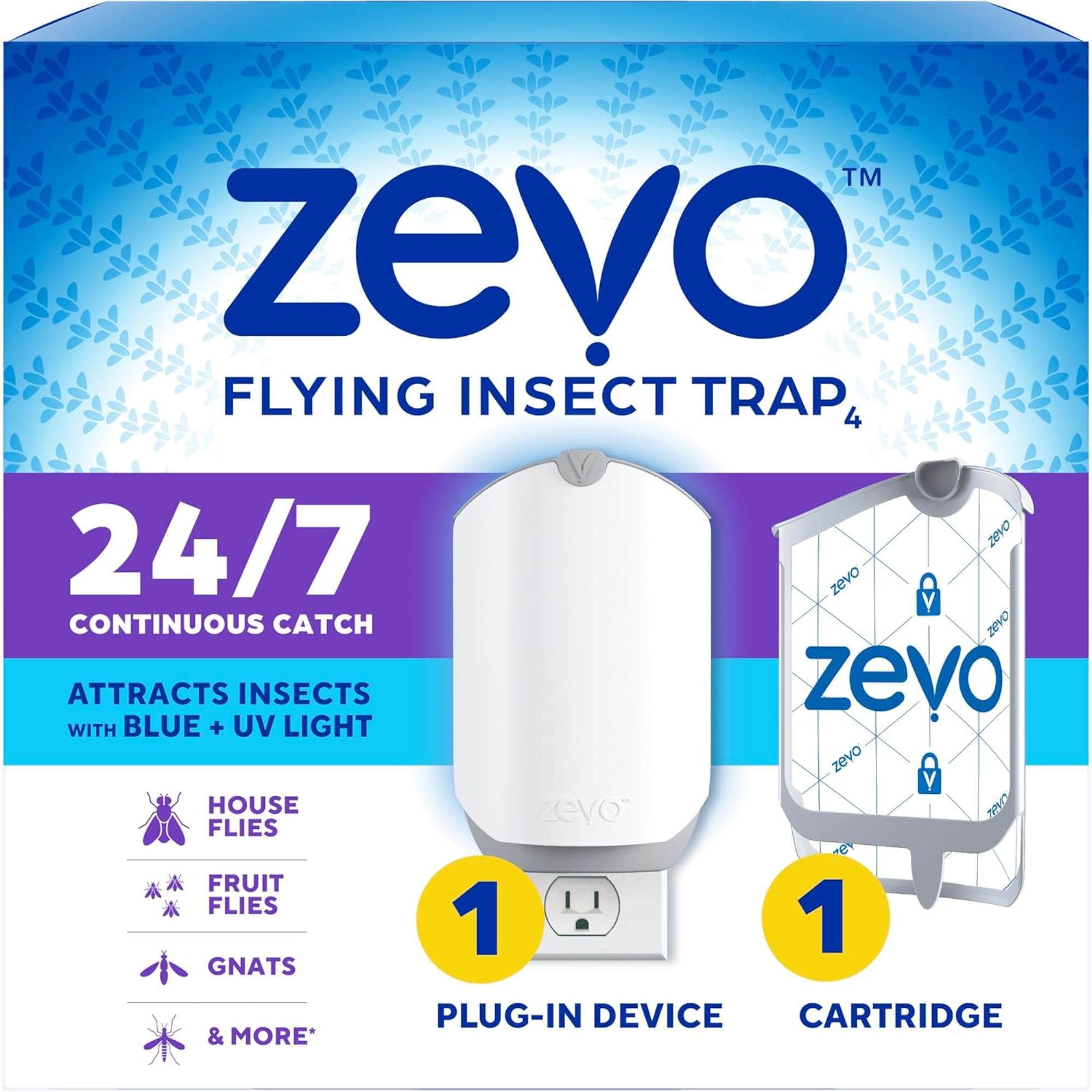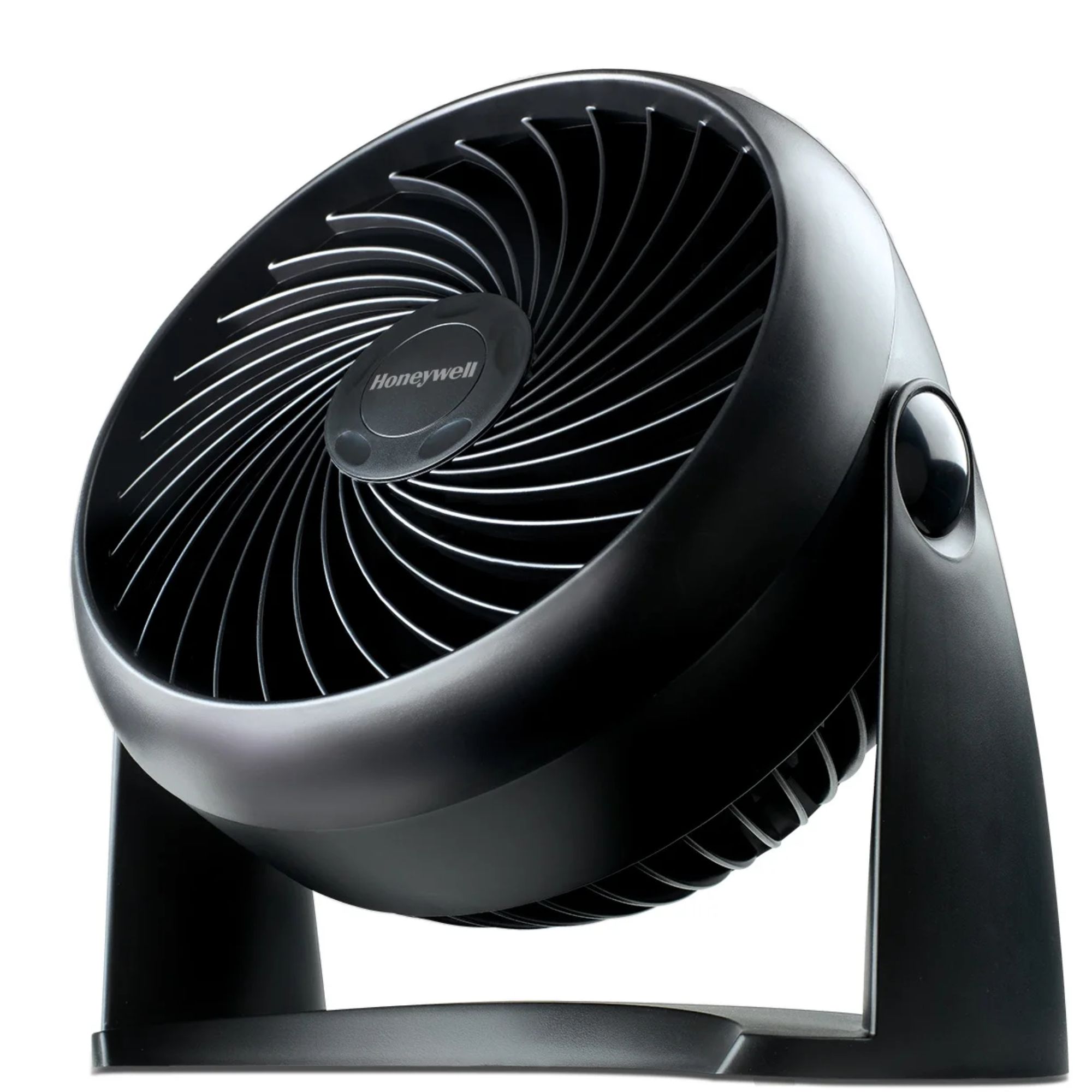
Bug season is well and truly upon us, and, if you're not a fan of using harsh chemicals to keep them at bay, the summer months can truly feel like an ongoing battle.
Luckily, though, say our expert entomologists, bug repellent fans are a non-toxic and odorless solution to keep your surroundings bug-free.
Here, they share how and where to use them, and which common pests they'll work most effectively for.
What is a bug repellent fan?

This bug repellent fan features a lightweight design and soft flexible blades, to keep bugs away at the beach, when enjoying picnics, and sitting outdoors on your patio in the evening.
A bug repellent fan, such as this Fly Fan available at Amazon with super fast delivery, is as simple as it sounds, with flexible spinning blades to create an unnavigable breeze for flying pests, forcing them to steer clear.
Tony King, pest expert and founder of The Pied Piper Pest Control, says, 'They're good alternatives because they're a completely non-toxic pest control option, and odorless, unlike those usual chemical repellents, which include sprays with DEET, or those citronella candles.'
Importantly, though, as Tony points out, these natural pest control methods don't eradicate bugs in a big range, but instead work in your immediate surroundings to keep flies away outside.
'That is, to say, a personal bug-free zone,' he continues. 'I have found that they work really well when placed on a picnic table, food preparation area, or right next to a lounge chair. For those who can't bear sprays or just don't want to use chemicals near foods or children, it's a really smart, low-maintenance fix.'
You can also buy a pair of bug repellent fans from Walmart to expand your bug-repelling zone.
Where do bug repellent fans work best?

The best place to use these fans is outdoors, says Tony, anywhere someone might be sitting or standing in one spot for some time.
'Think patios, backyard, campsites, outdoor dining tables, and beach spots,' he advises. 'Because they're lightweight and portable, they can easily be tossed inside a beach bag or picnic basket. I've seen my clients use them well for camping, tailgating, or gardening.
'The main thing is to have a setup where you're close to where you're sitting or eating, preferably about two to three feet away for maximum effectiveness.'
Which pests are bug repellent fans most effective against?

Tony continues, 'The best use of repellent fans is to check flying insects, including houseflies and mosquitoes, mainly because they depend on flight activity to locate heat, scent, or carbon dioxide, and they get confused by such blades or are physically stopped from perching on them.
'While they do help somewhat against walking pests like ants and spiders, they really are not strong enough to control mosquito populations with heavy pressure [high-density populations], especially near standing water. Instead, they are suited well for areas where pests are low to moderate pressure threats.'
But, as Jim McHale, entomologist and president at JP McHale Pest Management, adds, you don't have to use a specific fan to keep mosquitoes away from your front door, and get rid of mosquitoes inside the house naturally. Instead, you can also just use your best fan.
'One of the best mosquito repellents is actually your household fan,' he says. 'Mosquitoes are tiny and they can’t fight a strong breeze, so the next time you’re hanging out on your back deck, bring a fan along and solve your mosquito problems.
'Stage oscillating fans around deck area, when hosting company, to deter weak flying insects.'
What to shop
All prices were correct at the time of publication.

With a reflective pattern to visually confuse and repel bugs, these bestselling fans use a constant yet quiet speed setting to keep flies away.

This flying insect trap uses UV and blue light to attract pests 24/7, effectively catching and trapping gnats, flies, houseflies and more.

This tabletop fan is ideal for popping on a table or step, with a fan head that pivots 90 degrees, and an aerodynamic turbo design to offer maximum air movement.
Meet our experts
Do you know about the surprising things attracting pests to your home? From moisture to clutter, cutting these things out of your space can make a huge difference when it comes to keeping pests at bay.







